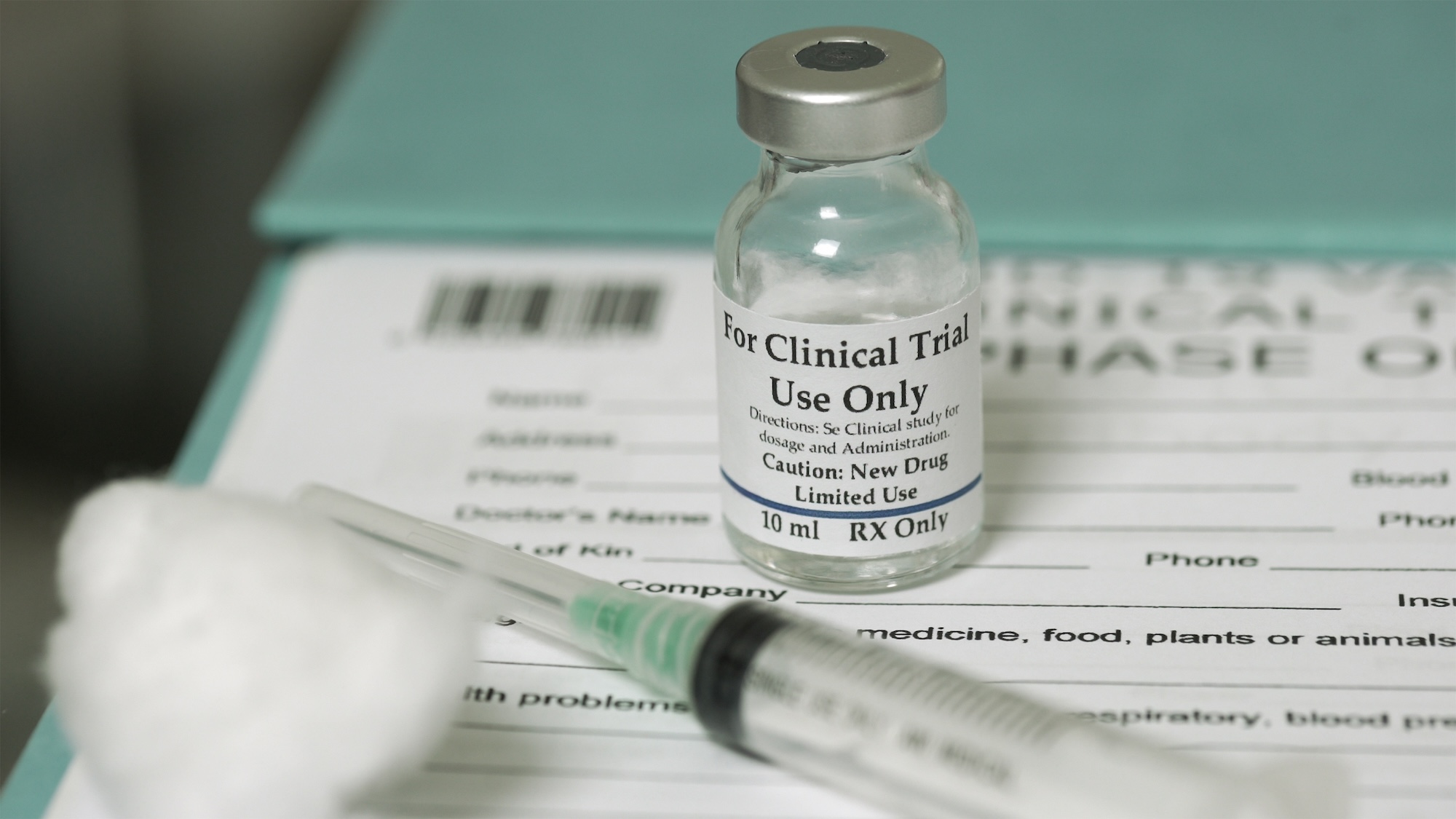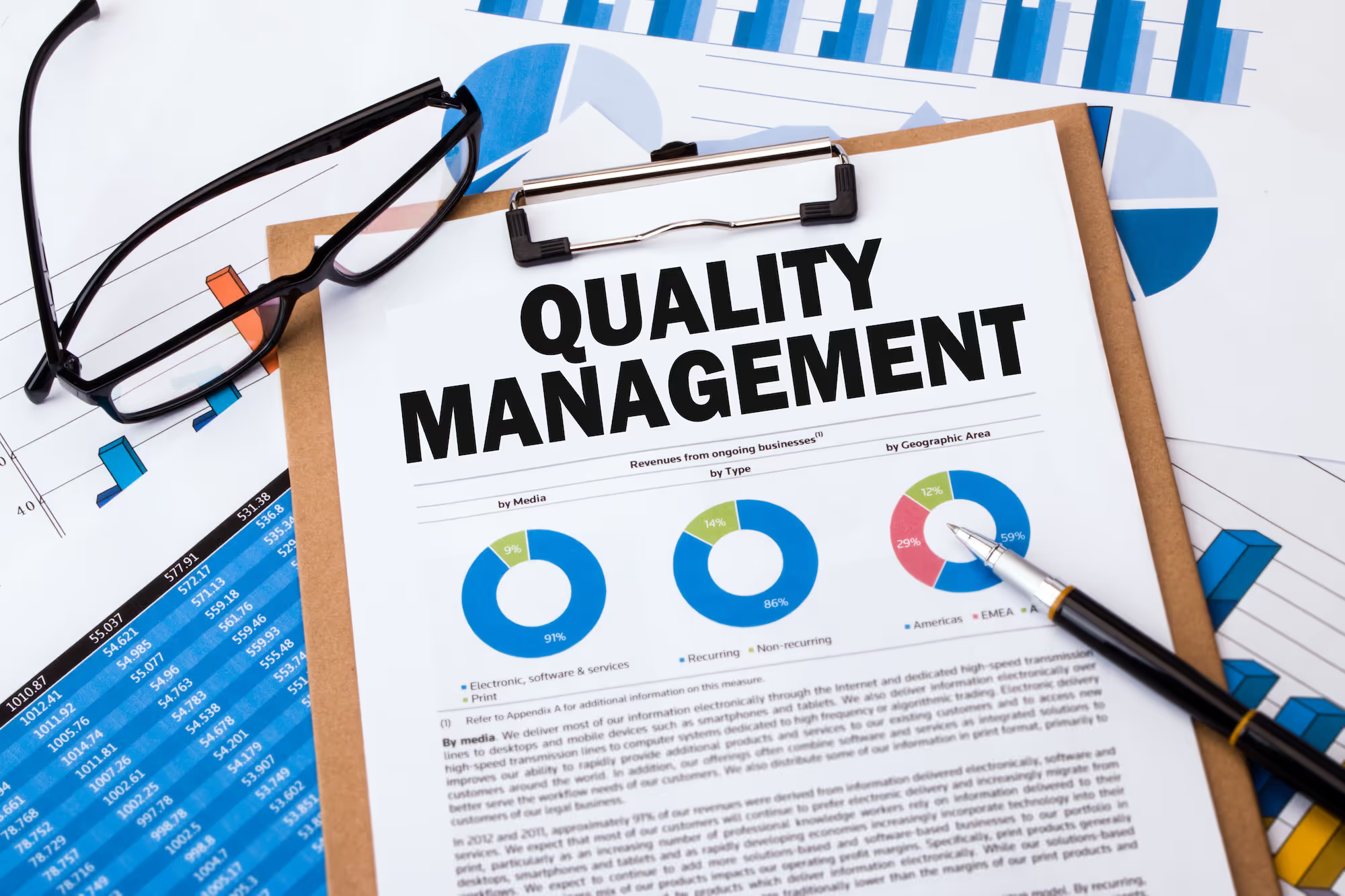Can You Rely on the Results from Your Clinical Trials?

Most clinical trial drugs must stay within a specific temperature range to remain effective. Even a minor deviation can alter a compound’s chemical stability, leading to inaccurate trial results and potential safety concerns.
The consequences are costly: compromised efficacy data, extended timelines due to re-testing, potential rejection from regulatory authorities such as the FDA or EMA, and ultimately, delayed access to life-saving treatments for patients.
At the same time, trial sponsors face financial risk and reputational damage when results are questioned. Reliability and validity of data are therefore non-negotiable—not only for regulatory approval, but for scientific credibility and patient trust.
Regulatory agencies continue to cite data integrity and environmental control as leading GCP deficiencies.
According to a joint study analyzing inspection findings from both the FDA and EMA, deficiencies in Good Clinical Practice (GCP) compliance and data integrity remain among the most frequent issues observed in clinical trials (Springer, 2022). This underscores the need for stronger quality assurance and traceability mechanisms throughout the trial lifecycle—particularly in areas such as environmental control and temperature management.
The Complexity of Clinical Supply Chains
Clinical supply chains have become more global, digital, and complex. Materials move through many locations and climate zones before reaching sites or patients. Each transport step increases the risk of temperature deviations and data loss.
Maintaining GxP compliance throughout this network requires robust data management and quality assurance. Yet, traditional manual monitoring systems remain common. They are prone to human error, data gaps, and disconnected reporting—issues that make it increasingly difficult to achieve traceability and regulatory confidence.

As the clinical trial landscape evolves—with direct-to-patient logistics, decentralized trials, and temperature-sensitive biologics—the complexity of managing environmental data increases exponentially. A 2019 article in Applied Clinical Trials Online highlighted how the changing nature of the clinical supply chain demands new approaches to temperature monitoring, stressing the importance of end-to-end visibility and proactive risk management (Applied Clinical Trials, 2019).
The Case for Automation
Automated, end-to-end temperature monitoring provides a clear path toward greater reliability and efficiency in clinical trials. By integrating fully with existing trial technologies—such as IRT, RTSM, or CTMS systems—automation ensures that temperature data is continuously captured, validated, and accessible in real-time. Any deviation is instantly evaluated against the stability budget and the total time out of storage conditions (TOS), providing a complete overview of the remaining stability budget (RSB) for dispense to the patient.

The benefits of automation extend well beyond trial efficiency. First, it enables full traceability and compliance, with every temperature reading securely logged and automatically linked to shipment and site data. This creates complete, auditable records that satisfy even the most stringent regulatory requirements. Second, automation significantly reduces manual error by minimizing user interaction, eliminating data gaps and inconsistencies that can compromise quality assurance.
In clinical trials, every degree matters. Automation ensures that your data—and your trial results—can be trusted.
Another major advantage is the ability to perform instant temperature budget analysis. Automated systems can evaluate temperature excursions the moment they occur, providing immediate insight into whether a drug shipment remains within acceptable limits. This accelerates decision-making, prevents unnecessary delays, and ensures that investigational products reach patients on time.
Ultimately, this efficiency contributes directly to faster time-to-market—a crucial competitive edge in the life sciences industry.
Strengthening Reliability Across the Trial Lifecycle
Reliable clinical trial data begins with strong quality management and a GxP-compliant digital infrastructure. Integrating automated temperature monitoring into the broader quality framework supports:
- Better communication between sponsors, sites, and patients.
- Faster, data-driven insights into drug safety and efficacy.
- Confident and faster regulatory approvals.
In essence, automation is not just about technology—it’s about building trust in your trial outcomes. When your temperature monitoring and data management processes are automated, validated, and compliant, you can focus on what truly matters: advancing science, protecting patients, and accelerating innovation.
You may also be interested in

Clinical Trial Supply Europe Event 2025

Automation is making temperature excursion management simpler and more efficient for clinical sites

What is Quality?
You may also be interested in

Extending TempMonitor BLE to Ultra-Low Temperatures


